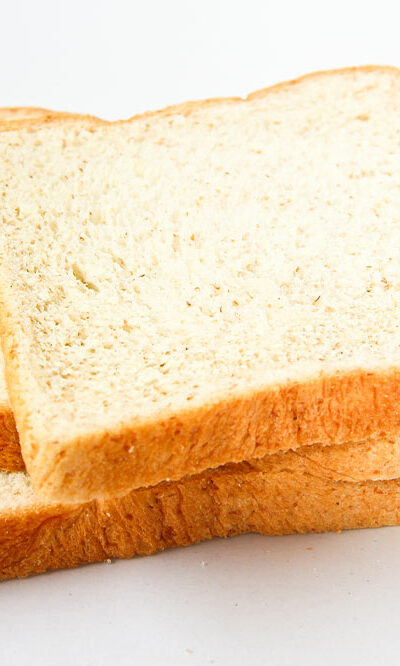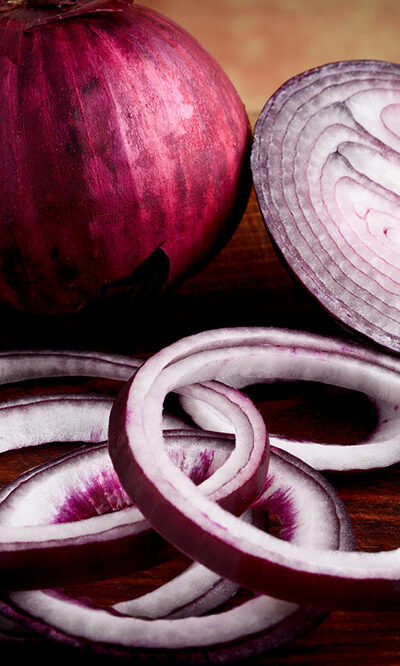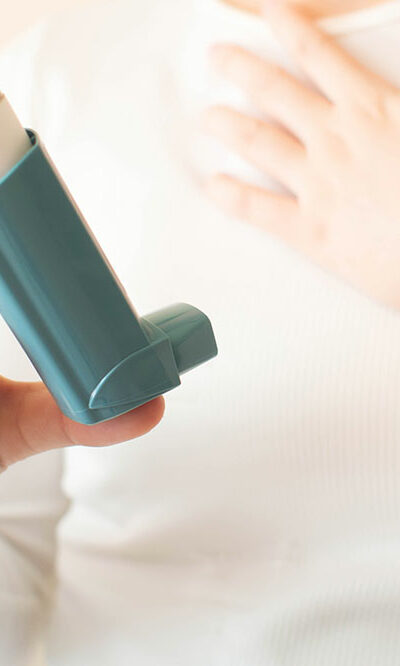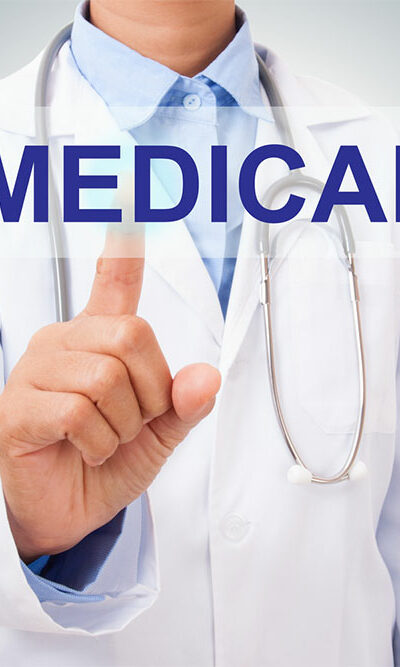
Top 3 counties with the highest cancer rates
Not many people may realize this, but the location of an individual’s residence plays a huge part in their overall health. The pollution, changing climatic conditions, and exposure to carcinogens can lead to serious conditions, such as hypertension and cancer. Over the years, there has been significant research on which counties have the highest rates of cancer. This article talks about the top 3 counties in the country that qualify. Top 3 Counties with the Most Cases of Cancer Union County, Florida This county ranks first in the list of counties with the highest rates for all types of cancer. It ranks high for cases of lung cancer, leukemia, and colon and rectal cancer. Union County’s high rate of 1,135 cancer cases every 100,000 people is almost double the second entry on the list. It was recognized as the least healthy county in 2017. The lack of funds and poverty levels prevalent in the area could be the leading cause of cancer since it prevents citizens from accessing the health services required. Logan County, Nebraska With 677.2 cancer cases per every 100,000 people, this county comes in second on the list. It ranks high for the most Non-Hodgkin lymphoma fatalities. Research states that, in general, men are more likely to die from cancer than women, while individuals of African descent have the highest cancer mortality rates. Other factors, such as environmental risks, poverty, and lack of medical supplies or care, also play an important role. These disparities are not the same in all U.S. counties, but certain risk factors specific to Logan County may explain the high deaths from cancer. Powell County, Kentucky Powell County is third on the list, with 646.2 cancer cases for every 100,000 people. It ranks high in lung cancer deaths too. Geography plays an important role in the distribution of lung cancer cases and deaths.










